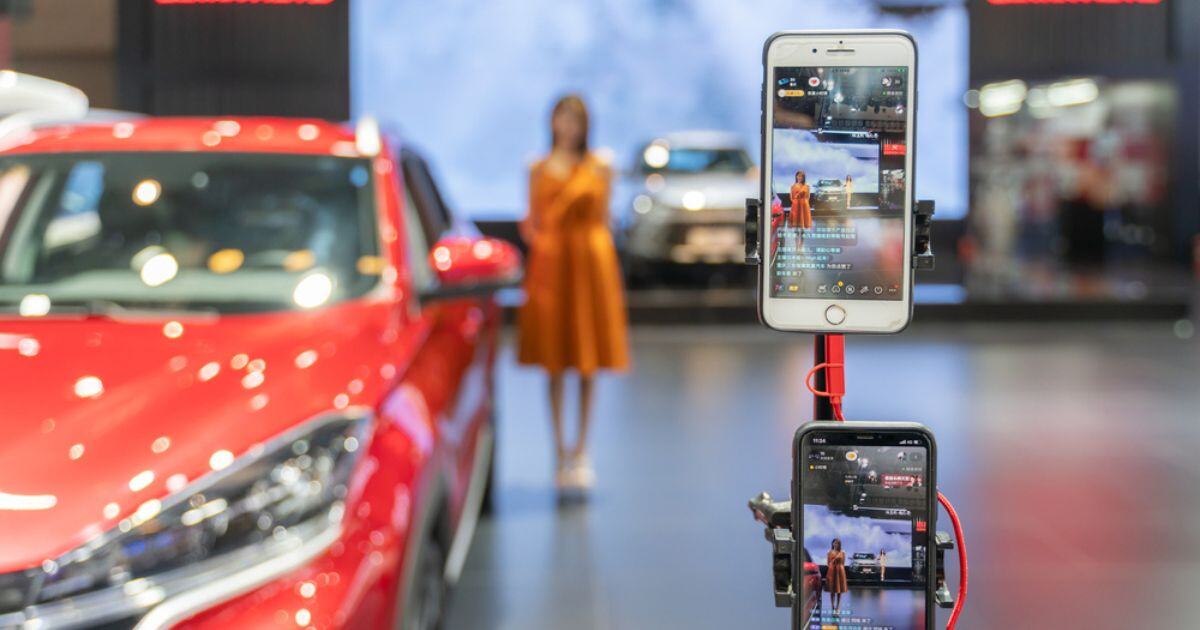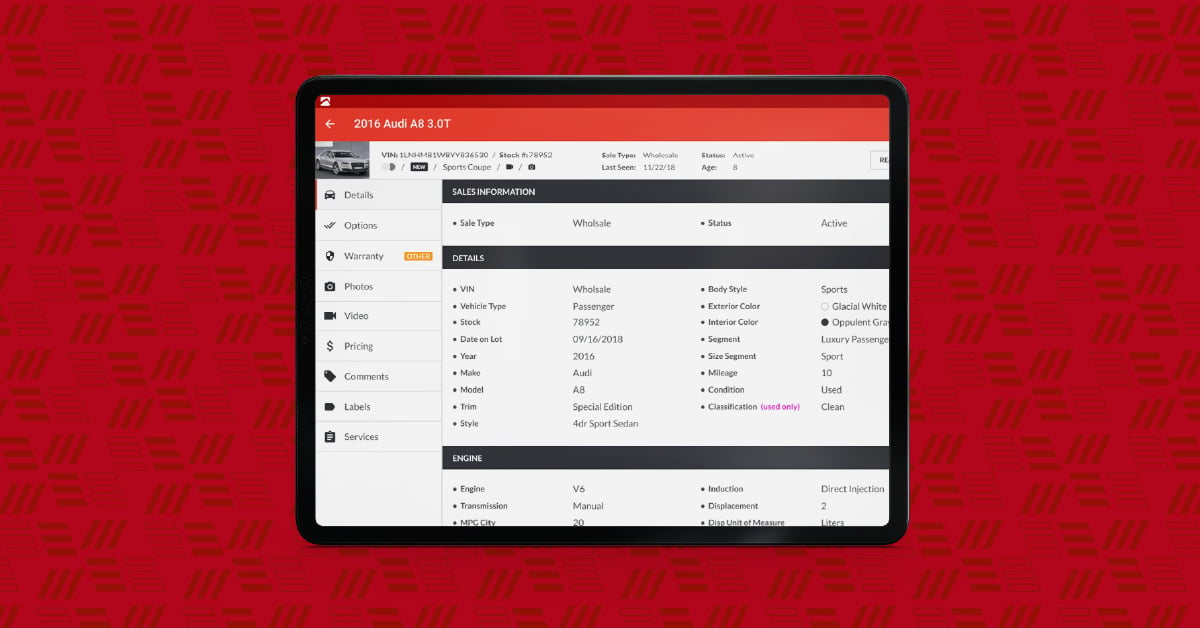
A Dealer’s Guide To Building the Ultimate VDP
The Vehicle Detail Page (VDP) on your dealership’s website is more than just a page; it’s the virtual showroom where your cars need to shine.
Whether you're a seasoned sales manager, a lot representative stepping into the digital frontier, or somewhere in between, crafting a VDP that turns browsers into buyers is an art and science.
In this guide, you’ll find the blueprint for building the ultimate VDP that engages, informs, and converts.
INTRODUCTION
What Is a VDP in Automotive Terms?
A Vehicle Detail Page, or VDP, is a web page that provides detailed information about a specific vehicle available for sale at a car dealership.
It serves as an online listing or advertisement for the vehicle, allowing potential buyers to learn more about its features, specifications, and conditions before making a purchase decision.


VDP Basics
Difference Between a VDP and SRP
Vehicle detail pages often get confused with search results pages or SRPs, but they both have distinct roles in the buyer journey. The main difference lies in their purpose and content:


Sales Impact
How the Quality of Your VDPs Impact Sales

Imagine walking into a dealership and the cars are dirty, the info tags are missing, and there’s nobody around to answer your questions. Would you feel confident making a purchase? Likely not.
Whether you realize it or not, your online listings carry the same weight. That’s why your VDPs need to be spotless, informative, and engaging. They should answer every question a prospective buyer might have and present the vehicle in the best light possible — all without the shopper needing to step onto the physical lot.
The Rise of Digital Research
Like every other form of shopping these days, most car searches start online. 95% of vehicle buyers use digital as a source of information, and twice as many start their research online before visiting a dealership.
- Popular platforms for car reviews and listings: Websites like AutoTrader, CarGurus, and manufacturer sites have become vital research tools.
- The influence of social media and influencer marketing: Car buyers frequently turn to platforms like Instagram and YouTube for reviews and visual walkthroughs.
Digital Merchandising and Online Sales
Gone are the days when buying a car meant a straightforward visit to a dealership, a test drive, and a handshake deal. Today’s car-buying landscape is as digital as it is diverse.
- Virtual test drives and digital walkarounds: Merchandising features like high-quality video content and VR experiences are bridging the gap between online and in-person interactions.
- Transition from physical dealerships to online sales: The convenience of exploring options and configuring cars online has surged in popularity. Just look at the success of platforms like Carvana, Vroom, and CarMax.
Customer Service in the Digital Age
Modern shoppers want to control their own journey rather than being sold to. Your dealership needs to appeal to the demand for a seamless experience by meeting them where they are and offering support throughout the entire process.
- Online consultations and negotiations: The negotiation table is now digital, with consultations and pricing discussions happening via emails, DMs, and video calls.
- After-sales support and digital tools for service booking: The digital journey continues post-purchase with apps and platforms for service appointments and support.

Core Components
Components of an Engaging VDP

Creating a VDP that captivates and converts is not just about listing the vehicle’s features and slapping up a few images. It’s about telling a story, creating an experience, and providing value to your visitor. Here’s how to do it:
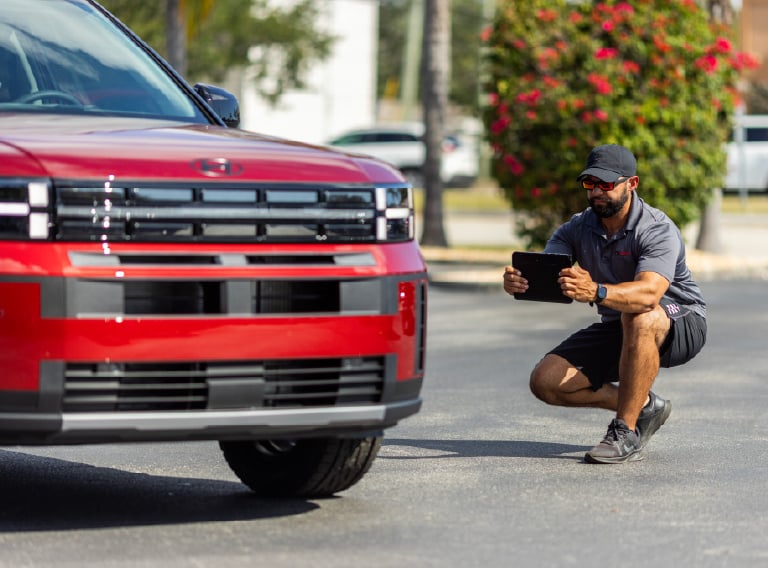
High-Quality Images and Videos
The saying goes, “A picture is worth a thousand words,” and in the context of VDPs, this couldn’t be more accurate. High-quality images and videos serve as the backbone of your VDP. They allow the shopper to get up close and personal with the vehicle, mirroring the in-person dealership experience.
- Use Multiple Angles: Capture the vehicle from every angle, including the interior, trunk space, and engine. This not only provides a comprehensive view but also builds trust through transparency.
- Leverage Video Tours: A video walk-around can make the viewer feel as if they’re right there with the car. Highlight key features, start the engine, and maybe even take it for a quick spin.

Informative Vehicle Descriptions
Your vehicle descriptions are your voice on the VDP. They should narrate the unique story of each vehicle, highlighting what makes it special, its history, and why it would be a great fit for the viewer.- Be Comprehensive: Cover every aspect of the vehicle, including its specifications, features, and any unique selling points. Don’t forget to include information about the warranty, service history, and financing options if available.
- Make it Relatable: Use language that speaks directly to the potential buyer’s needs and concerns. If a car is well-suited for families, highlight its safety features and spacious interior.

Vehicle Condition and History Reports
Providing transparent vehicle details isn’t just a courtesy or favor anymore — it’s the expectation. Plus, vehicle condition and history reports help dealerships generate more leads and get higher ROI for their inventory by creating buyer confidence, so it pays to have them.
- Vehicle Condition Reports: Detailed assessments like C.A.R.Score highlight any defects, wear and tear, or mechanical issues. They cover the exterior, interior, tires, fluids, brakes, suspension, and electronics. Provides a holistic view of the vehicle’s current condition.
- History Reports: Comprehensive overview from services like Carfax or AutoCheck. Includes ownership history, maintenance records, accidents, and reported incidents. Provides transparency about the vehicle’s background, reliability, and safety.
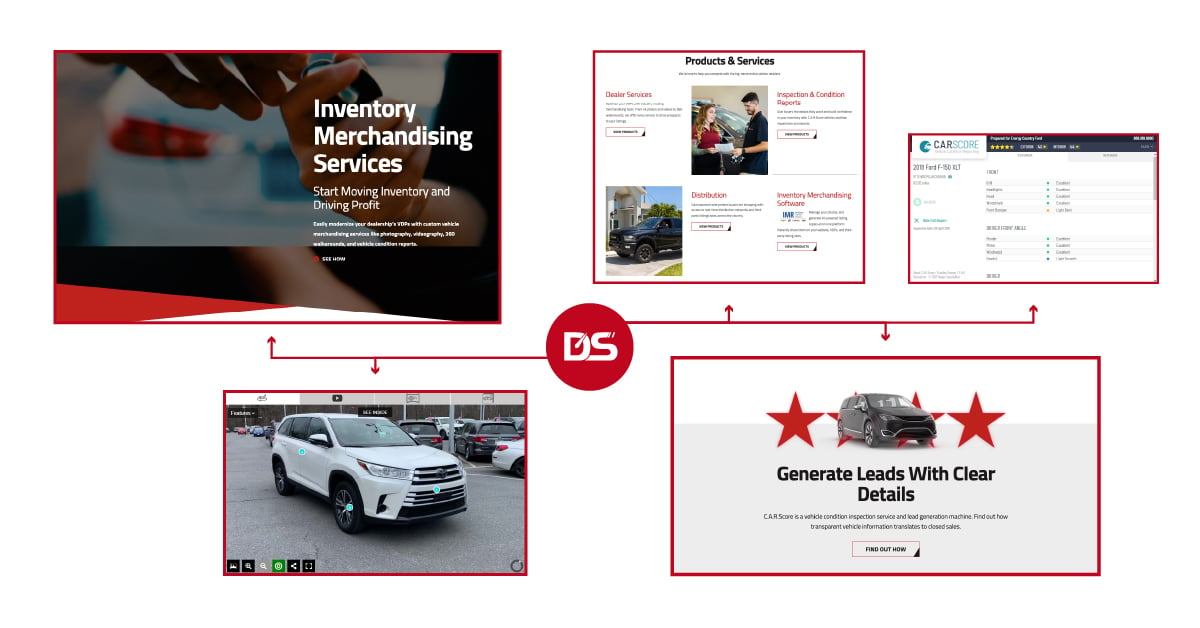
User-Friendly Page Layout
The layout of your VDP plays a critical role in the user experience. A cluttered or confusing page can detract from the vehicle itself, leading potential customers to bounce.
- Intuitive Navigation: Ensure that visitors can easily find what they're looking for without having to hunt around. This includes the price, financing tools, inquiry options, and additional resources.
- Mobile Optimization: With more people than ever using their smartphones to browse online listings, your VDP must look and perform well on all devices.
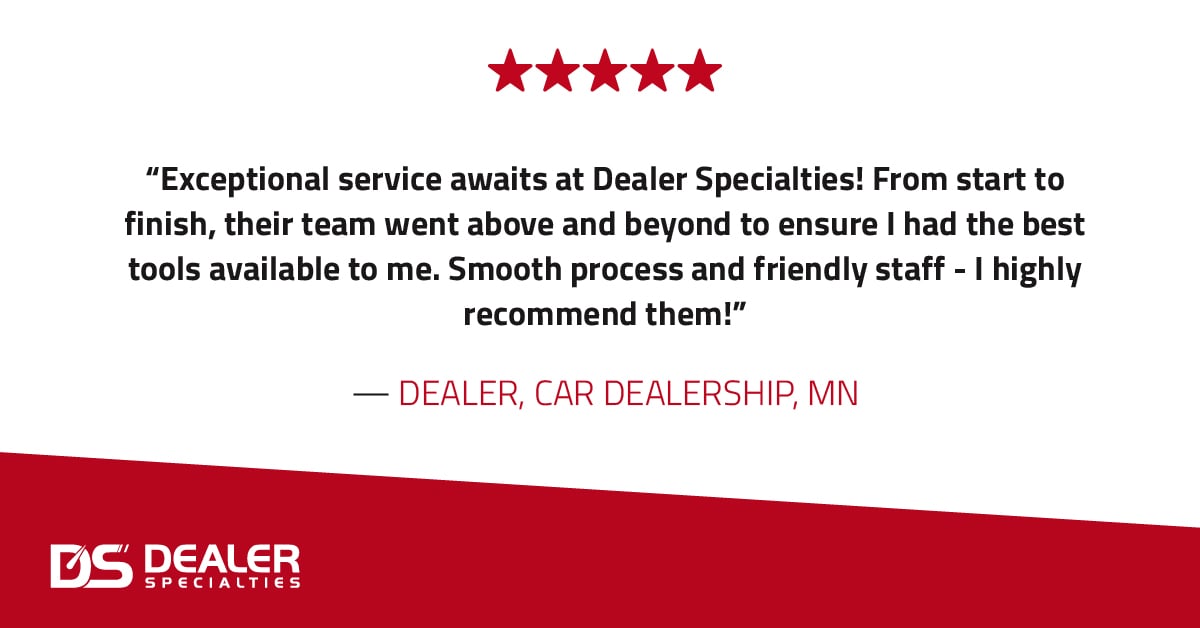
Social Proof and Reviews
Trust is a critical factor in any purchase decision, especially when it comes to buying a car. Including customer reviews and testimonials on your VDP can help build this trust.
- Feature Positive Reviews: Highlight positive stories and experiences from customers who purchased the same or similar vehicles.
- Respond to Reviews: Show that you're engaged and care about customer feedback by responding to reviews, addressing any concerns, and thanking customers for their business.
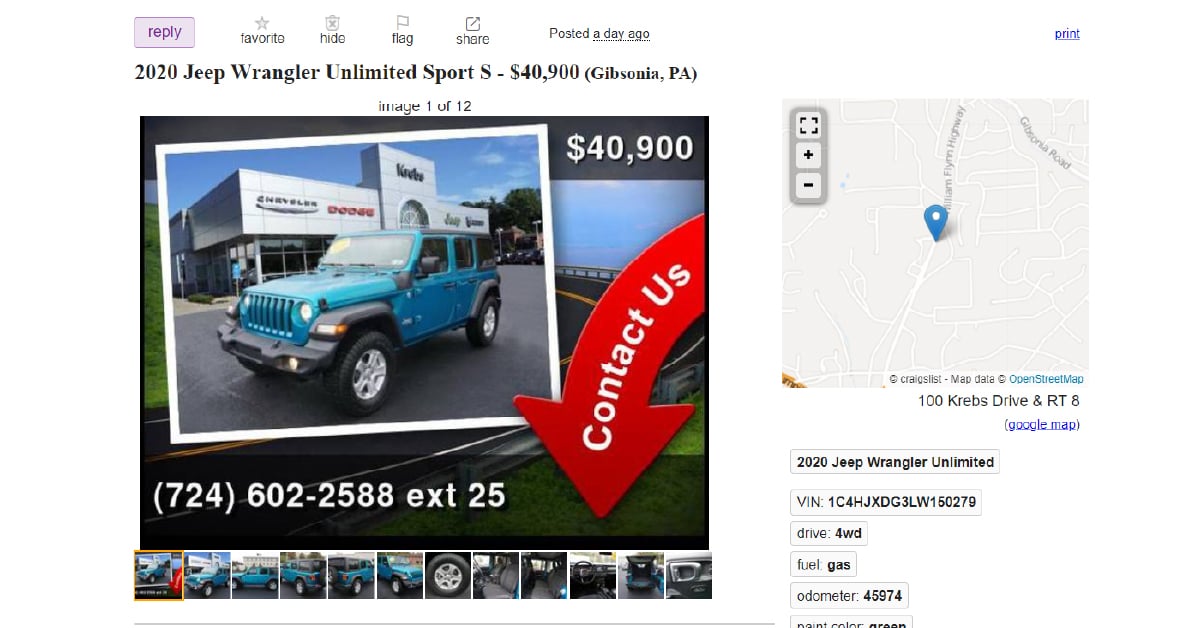
Clear Calls to Action (CTAs)
Your VDP should guide the visitor toward the next step, whether that’s inquiring about the vehicle, scheduling a test drive, or exploring financing options.
- Be Visible and Persuasive: Place CTAs prominently on the page and use persuasive language that encourages action.
- Offer Multiple Contact Options: Not everyone will want to pick up the phone. Provide various ways to get in touch, including chat, email, and online inquiry forms.

Performance
Tracking Performance and Optimizing

Tracking key performance indicators (KPIs) such as page views, time on page, and conversion rates is essential for measuring the effectiveness of your VDPs and identifying areas for improvement. Use data and analytics insights to continually optimize your VDPs and ensure they are delivering maximum value to your dealership.
Here are a few of the basic VDP performance metrics every dealership should track:
KPIs for Web Traffic and Online Leads
- Website Traffic Volume: The total number of visitors who visit the dealership's website, indicating the level of online interest and potential customer reach.
- Unique Visitors: The number of individual users who visit the dealership's website, providing insight into the distinct user base and audience engagement.
- Page Views: The number of times a webpage is loaded or visited on the dealership's website, helping to assess the popularity and engagement of specific pages or content.
- Bounce Rates: The percentage of visitors who leave the website after viewing only one page, indicating the effectiveness of the website's content, usability, and relevance in keeping visitors engaged.
- Time Spent on Site: The average duration visitors stay on the dealership's website, providing an understanding of user engagement and the website's ability to hold visitor interest.
- Conversion Rates: The percentage of website visitors who take a desired action, such as submitting a lead form or making a purchase, highlighting the website's effectiveness in driving desired outcomes and generating sales or leads.
Customer Satisfaction and Retention Metrics
- Net Promoter Score (NPS): A metric used to measure customer loyalty and satisfaction by gauging their willingness to recommend a dealership to others, indicating the dealership's reputation, customer experience, and potential for business growth.
- Customer Satisfaction Surveys: A measurement of how happy customers are with their experience, which helps the dealership understand how well they are meeting customer expectations and where they can improve.
- Online Reviews and Ratings: Monitor and evaluate what customers say about a dealership online to help understand their satisfaction levels, reputation, and influence on potential customers.
Marketing and Advertising Effectiveness
- ROI of Advertising Campaigns: A measure of profit the dealership gains compared to the amount spent on advertising, indicating those campaigns' effectiveness and financial success.
- Cost per Lead: The average amount of money spent to acquire each potential customer's contact information, helping the dealership evaluate the efficiency and affordability of their lead generation efforts.
Cost per Acquisition: The average expense incurred by the dealership to acquire a new customer, considering the total costs involved in marketing, sales, and other activities, providing insights into the dealership's overall efficiency in acquiring and converting customers.

Conclusion
Bringing It All Together
Building the ultimate vehicle detail page is about more than just listing cars; it's about creating an engaging and informative digital showroom that draws shoppers in and encourages them to take the next step.
By focusing on high-quality visuals, detailed descriptions, user-friendly design, social proof, and clear CTAs, you can create VDPs that not only attract more viewers but convert them into happy customers.
Remember, your dealership’s website is a modern storefront. It’s the first impression many potential buyers will have of your business. Make it count by crafting VDPs that stand out from the crowd and turn browsers into buyers. With these tips in hand, revamp your vehicle detail pages and watch your engagement and sales soar.
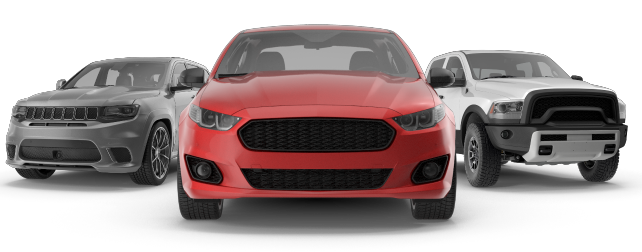
See How Your VDPs Stack Up
Let our team audit your VDPs and provide data-backed tips to help you sell smarter. It's the easiest way to elevate your digital merchandising strategy.

Download
Want a PDF copy of this content? Simply fill out the form below and it's all yours!


